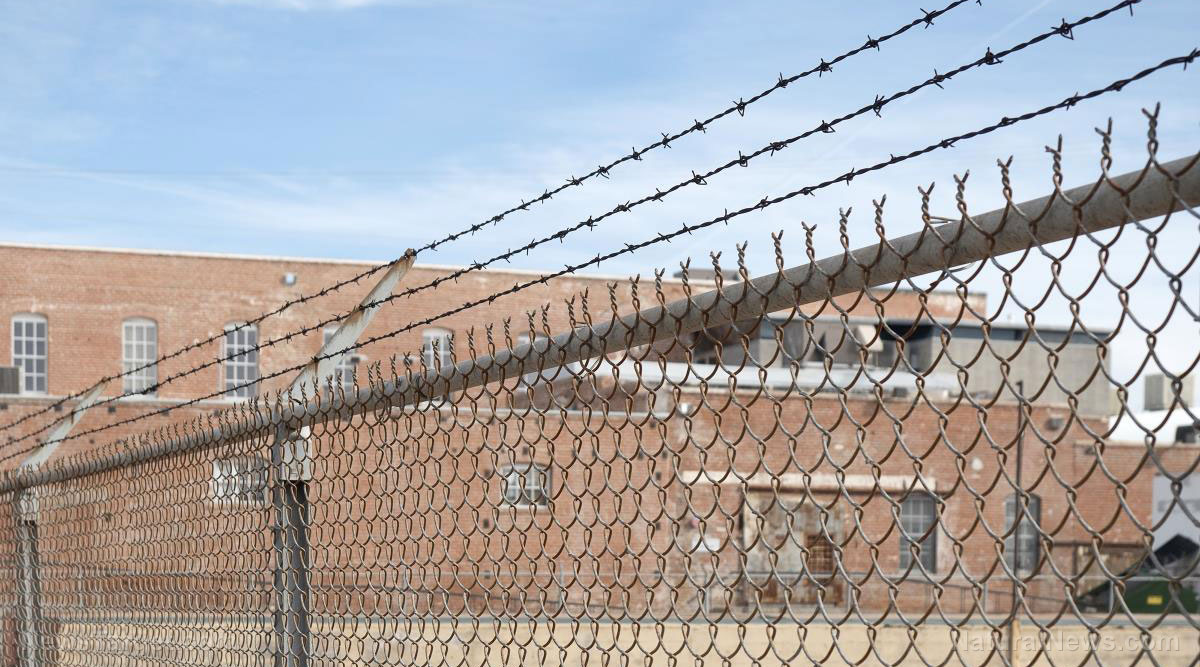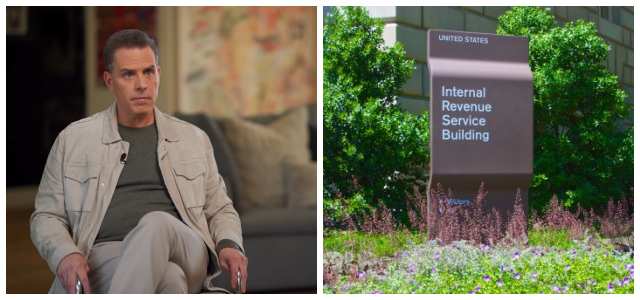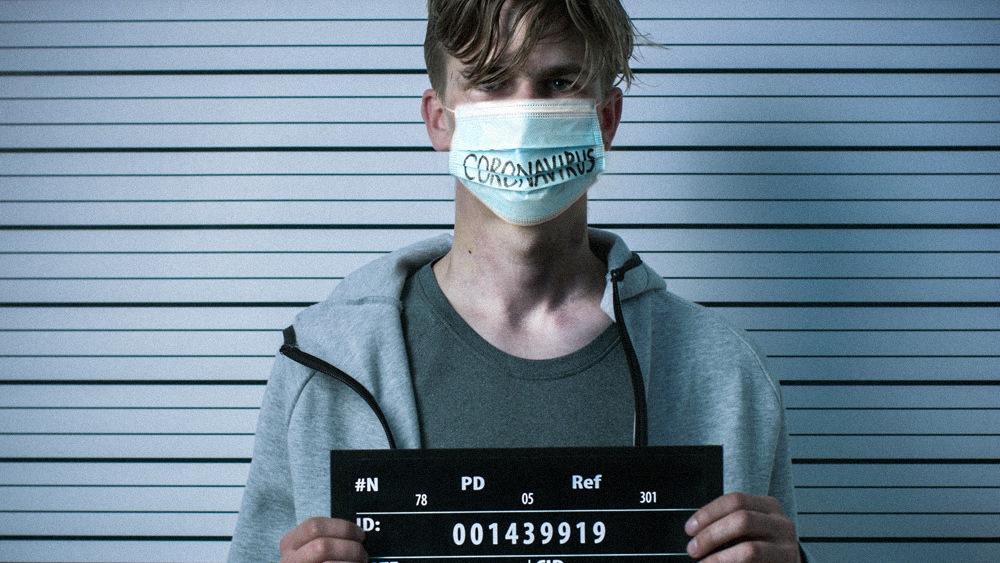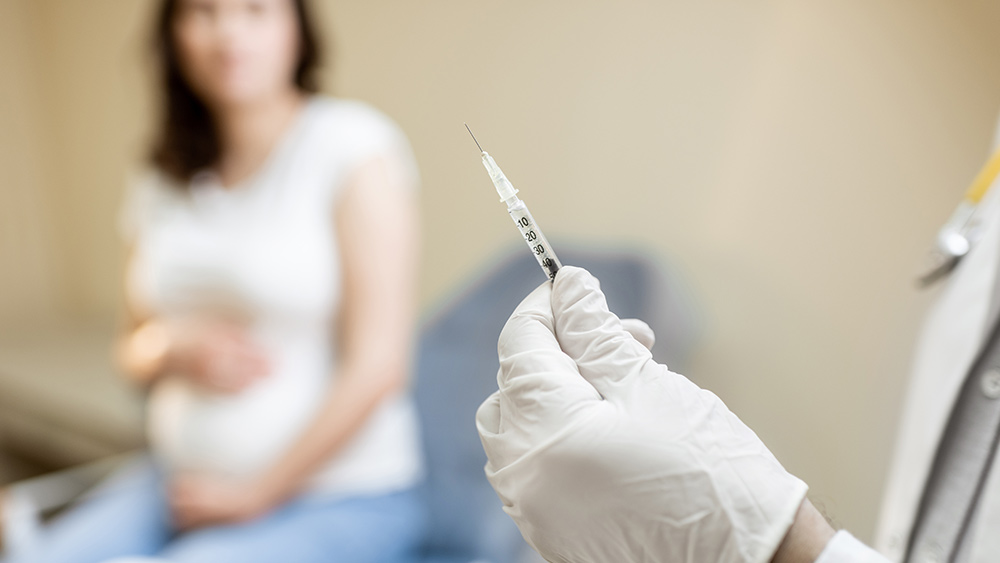
Prison staff members remain as some of the most reluctant to receive the Wuhan coronavirus (COVID-19) vaccines. Fearing major staff losses over the vaccinations, correctional officers, unions and California Governor Gavin Newsom moved to halt the mandate in courts. Similarly, organizations that advocated for mass releases of prisoners during the height of the pandemic used the opportunity to push for more.
In New York, 55 percent of staff across 50 state prisons reported being fully vaccinated by November 8. Statewide, the numbers rose to 67 percent. In Illinois, less than half of prison staff have reported being fully vaccinated by October 28, while 70 percent of inmates have had their jabs.
Newsom joined the California Department of Corrections and Rehabilitation to ask the federal judge to pause the mandate. Their lawyers argued that with 2,000 staff nearing retirement, they could walk out of prisons if they want to, and filling those positions would be harder, as fewer applicants came in during the pandemic.
At the federal level, the largest union that represents prison workers filed a lawsuit against President Joe Biden over the vaccine mandate. In early November, the American Federation of Government Employees Council of Prison Locals organized a nationwide protest to heighten awareness of staff shortage, overtime hours and the potential impact of the vaccine mandate.
Alan Mills, the executive director of Uptown People's Law Center in Chicago, said there are two reasons the vaccination rate among prison staff is much lower than the general population. First is that they are the "macho" type of individuals who don't like being told what to do or think they are tough enough to beat COVID-19 on their own. Second is that most of the prisons are located in rural areas where people are less willing to get vaccinated.
Vaccination rates among prison staff expected to climb
But despite the low vaccination rates among prison staff, Mills predicts that they will climb as more staff reach the point of choosing between the jab or their job. "It really depends on how strong your opposition is," he said. "It is one thing to say I’m morally opposed, and it is another thing to say I’m willing to sacrifice my job for my moral belief."
Staff shortages have long been a problem for prison agencies due to the low pay and grueling nature of the work. However, the COVID-19 pandemic and its impact on the labor market have pushed many systems into further crisis. Officers are retiring and quitting, while officials struggle to recruit new employees. (Related: Governments are running a real-life, nationwide Stanford PRISON experiment by granting vaccinated people special rights and privileges while treating the unvaccinated like prisoners.)
A factor Mills did not take into account is the increased risk of COVID-19 for people working in these prisons.
"When jobs become riskier, it becomes harder to attract workers," University of Michigan economist Betsey Stevenson wrote in an email: "By failing to protect prisoners from COVID, the criminal justice system not only created an unfair risk of severe illness and death for the incarcerated, but the increased COVID risk to employees has undoubtedly contributed to staffing shortages."
"There are dozens of reasons to leave and very few to stay," said Brian Dawe, national director of One Voice United, a nonprofit supporting corrections officers. "Understaffing, poor pay, poor benefits, horrendous working conditions… Officers and their families in many jurisdictions have had enough."
At the height of the pandemic, Mills and others pushed for mass releases of prisoners across the country, saying that prisons were COVID-19 hotspots and posed health risks to those living and working there. Almost every state reduced its prison population in 2020, with many more continuing to do so in 2021.
New York state has its lowest prison population since 2003, with around 47,400 in December 2020. Meanwhile, Texas has around 120,000 inmates in October 2021, the lowest since 1995. In the face of the low vaccination rates among prison workers and the potential for staffing shortages, Mills is asking for even more releases.
Get more updates about vaccine mandates during COVID-19 at Pandemic.news.
Sources include:
Please contact us for more information.



















